Registro completo de metadatos
| Campo DC | Valor | Lengua/Idioma |
|---|---|---|
| dc.rights.license | Reconocimiento-NoComercial 4.0 Internacional. (CC BY-NC) | - |
| dc.contributor.author | Ferrer, Gerardo | es |
| dc.contributor.author | Palacios, Florencia | es |
| dc.contributor.author | Chiu, Pui Yan | es |
| dc.contributor.author | Wong, Kelly | es |
| dc.contributor.author | Bueno-Costa, Alberto | es |
| dc.contributor.author | Barrientos, Jacqueline C. | es |
| dc.contributor.author | Kolitz, Jonathan E. | es |
| dc.contributor.author | Allen, Steven L. | es |
| dc.contributor.author | Rai, Kanti R. | es |
| dc.contributor.author | Chen, Shih-Shih | es |
| dc.contributor.author | Barbara, Sherry | es |
| dc.contributor.author | Chiorazzi, Nicholas | es |
| dc.date.accessioned | 2025-02-18T01:12:40Z | - |
| dc.date.available | 2025-02-18T01:12:40Z | - |
| dc.date.issued | 2024-11-22 | - |
| dc.identifier.uri | https://hdl.handle.net/20.500.12381/3867 | - |
| dc.description.abstract | Patients with chronic lymphocytic leukemia (CLL) exhibit clinical findings suggesting an altered immune system, with an increased risk of infection and the development of other cancers and various autoimmune phenomena. These associations are thought to be orchestrated in part by the interactions of leukemic cells with normal cells and elements in tissues, the latter referred to as the tumor microenvironment (TME). Notably, these interactions support the survival and expansion of CLL cells. Most well studied is the impact of the leukemic cells on T cells, leading to alterations in T-cell subset composition, surface membrane molecule expression, immune-synapse formation, and migration, along with functional changes such as exhaustion. Nevertheless, the molecular mechanisms by which differentiation of naive T (Tn) cells to various memory T-cell subsets occurs in CLL and the effects of imbalances of the process on leukemic B-cell survival and disease progression are not fully understood. Our results suggest a previously unrecognized positive loop involving IL-22-producing T cells, CLL B cells, and T cells in the TME that contributes to the maintenance of the leukemic clone and inuences patient outcomes. Deciphering this complex interplay within the CLL TME might provide insights that could inform future therapeutic strategies. | es |
| dc.description.sponsorship | Fundación Científica AECC | es |
| dc.description.sponsorship | NIH National Cancer Institute | es |
| dc.description.sponsorship | CLL Global Research Foundation | es |
| dc.description.sponsorship | The Nash Family Foundation | es |
| dc.description.sponsorship | The Muriel Fusfeld Foundation | es |
| dc.description.sponsorship | Jean Walton Fund for Leukemia, Lymphoma, and Myeloma Research. | es |
| dc.language.iso | eng | es |
| dc.publisher | Nature | es |
| dc.rights | Acceso abierto | * |
| dc.source | Leukemia | es |
| dc.subject | Cancer | es |
| dc.subject | immunology | es |
| dc.subject | leukemia | es |
| dc.title | CLL crosstalk with naïve T cells enhances the differentiation of IL-22-producing T cells and CLL -cell survival | es |
| dc.type | Artículo | es |
| dc.subject.anii | Ciencias Naturales y Exactas | |
| dc.subject.anii | Ciencias Biológicas | |
| dc.subject.anii | Bioquímica y Biología Molecular | |
| dc.type.version | Aceptado | es |
| dc.identifier.doi | https://doi.org/10.1038/s41375-024-02463-9 | - |
| dc.anii.institucionresponsable | Instituto de investigación en Cáncer, Josep Carreras, España | es |
| dc.anii.institucionresponsable | Institut Pasteur de Montevideo | es |
| dc.anii.institucionresponsable | The Feinstein Institutes For Medical Research, Estados Unidos | es |
| dc.anii.institucionresponsable | Centro de Investigación Biomédica en Red Cáncer (CIBERONC), España | es |
| dc.anii.institucionresponsable | Department of Medicine, Northwell Health, Estados Unidos | es |
| dc.anii.institucionresponsable | Department of Medicine, Donald and Barbara Zucker School of Medicine at Hofstra/Northwell, Estados Unidos | es |
| dc.anii.institucionresponsable | Department of Molecular Medicine, Donald and Barbara Zucker School of Medicine at Hofstra/ Northwell, Estados Unidos | es |
| dc.anii.subjectcompleto | //Ciencias Naturales y Exactas/Ciencias Biológicas/Bioquímica y Biología Molecular | es |
| Aparece en las colecciones: | Institut Pasteur de Montevideo | |
Archivos en este ítem:
| archivo | Descripción | Tamaño | Formato | ||
|---|---|---|---|---|---|
| 41375_2024_Article_2463.pdf | Descargar | 830.67 kB | Adobe PDF |
Las obras en REDI están protegidas por licencias Creative Commons.
Por más información sobre los términos de esta publicación, visita:
Reconocimiento-NoComercial 4.0 Internacional. (CC BY-NC)
